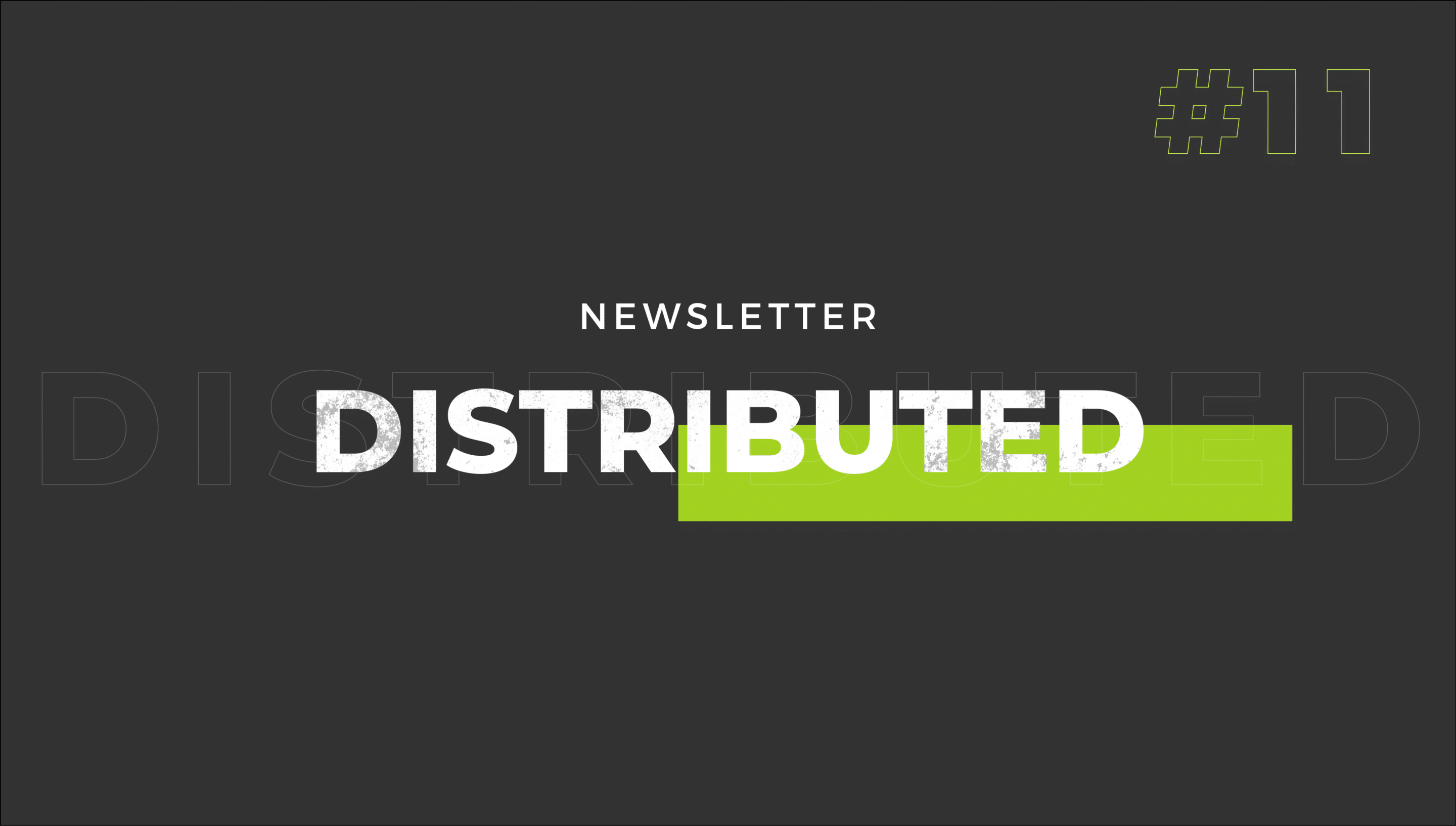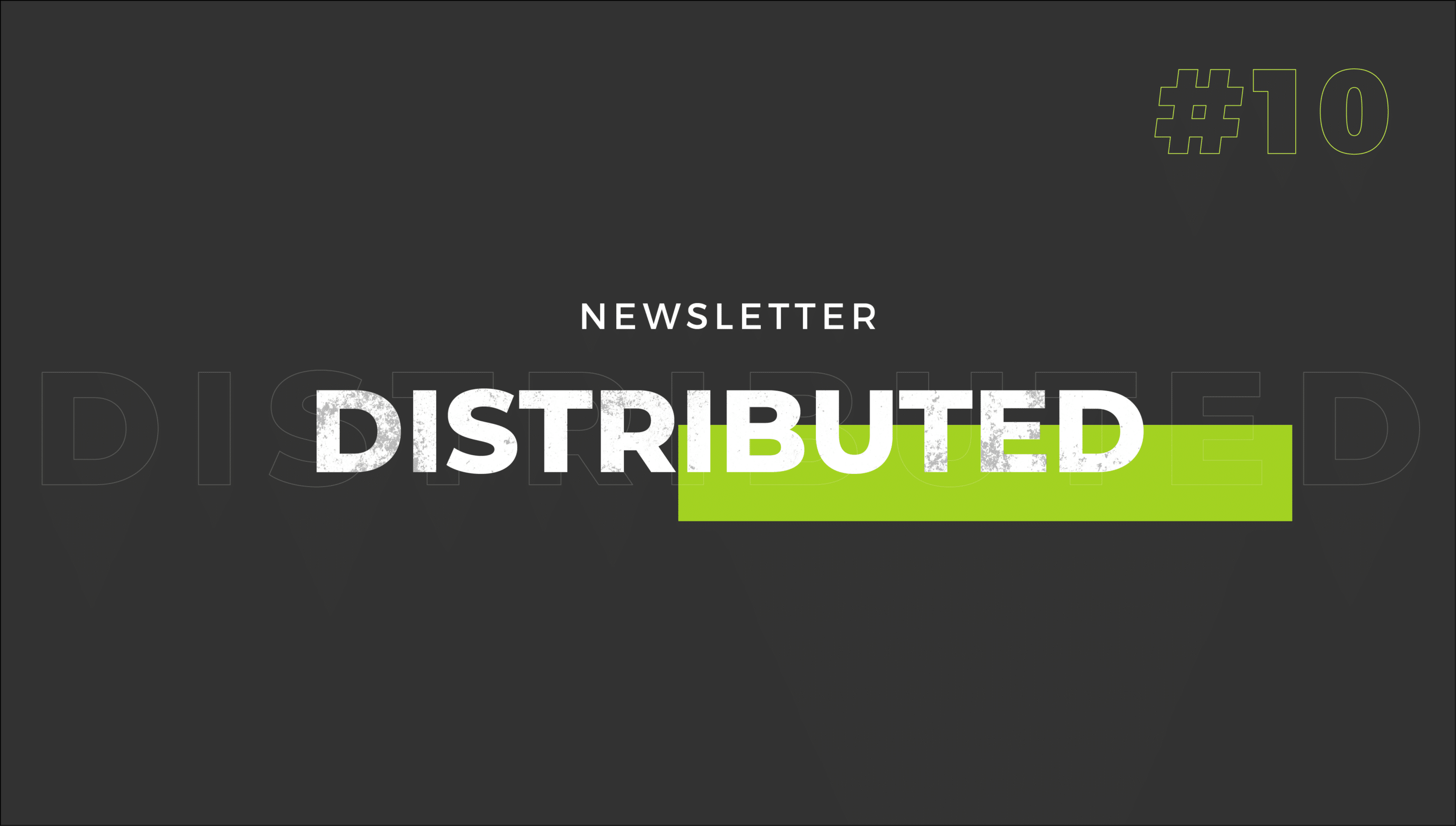As AI search tools like Claude, ChatGPT, Google Gemini, and Perplexity continue to transform the digital landscape, many brands are understandably concerned about the impact on their paid search campaigns. The question on everyone’s mind: How do we maintain visibility, traffic, and in turn drive business impact when AI might be answering queries directly—or changing how people discover brands?
The good news? AI search doesn’t have to disrupt your marketing effectiveness; it can actually enhance it.
Understanding the AI Search Revolution
AI search tools are fundamentally changing how people find information and discover products. Users now receive direct answers without clicking through to websites, while summarized results reduce traditional SERP visibility. The shift from keyword-based to conversation-based discovery represents a significant evolution in search behavior, with source attribution varying widely between AI tools.
These changes represent an evolution rather than a replacement of search.
Traditional search still dominates, but AI search is growing rapidly and reshaping user expectations. Make no mistake, this changing landscape has already begun to impact organic and paid search site traffic and conversion actions in ways we can’t ignore.
The Renewed Importance of SEO Fundamentals
Despite the rise of AI search, solid SEO fundamentals are more critical than ever:
1. Content Quality and Structure
AI tools prioritize high-quality, well-structured content when generating answers. Your content should:
- Address user needs comprehensively
- Be organized with clear headings and logical structure
- Include relevant expertise, unique insights, and factual accuracy
- Maintain freshness with regular updates
2. Technical SEO Optimization
Technical SEO ensures AI tools can properly index and understand your content:
- Implement schema markup to help AI understand your content’s context
- Ensure fast page loading speeds and mobile optimization
- Create clear site architecture with logical internal linking
- Optimize for featured snippets and knowledge panels
3. E-A-T Principles (Expertise, Authoritativeness, Trustworthiness)
AI search models increasingly evaluate content based on E-A-T principles:
- Build author and brand credibility with clear attribution
- Create content from subject matter experts
- Secure appropriate credentials and citations
- Maintain transparency about your information sources
Adapting Your Media Strategy: The 95/5 Principle
With AI search, the traditional marketing funnel requires brand reinforcement from initial awareness through to the moment of purchase. This approach aligns perfectly with the Ehrenberg Bass 95/5 principle. This principle recognizes that at any given time, approximately 95% of your potential customers are out of market (not actively shopping), while only 5% are in-market (actively looking to purchase).
The 95/5 principle reminds us of an essential truth: most of your potential customers (total addressable market) aren’t ready to buy right now. But AI search has emerged as a crucial inflection point in the consumer journey, often serving as the bridge between these two states. When consumers begin using AI search tools to explore categories or solutions, they’re often transitioning from being completely out-of-market to becoming in-market shoppers.
Building Brand Preference Among the 95% Out-of-Market Audience
In an AI search world, creating brand preference before customers begin searching becomes crucial. This focuses on the 95% of your potential audience who aren’t actively shopping but will eventually enter the market:
1. Intentional Brand Campaigns
Increasing investment in broad reach channels, including social media, connected TV, digital video, and out of home advertising, allows you to expand your brand’s presence among targeted audiences before they even consider making a purchase. This wider reach creates valuable touchpoints that build familiarity and recognition.
Focusing on distinctive brand assets makes your brand immediately recognizable when consumers encounter it during their AI search journey. These visual and tonal elements create instant recognition that transcends the limitations of AI-mediated discovery.
And let’s face it – telling compelling brand stories creates emotional connections that purely informational content cannot match.
These narrative elements stick with consumers, potentially influencing how they phrase their queries when they eventually turn to AI search tools.
2. Establish Product Differentiation & Preference
Clearly communicating your unique value proposition helps your brand stand out in a crowded marketplace. When consumers use AI to explore options, having established clear differentiators increases the likelihood of your brand being mentioned or recommended.
Highlighting product features that AI might reference when comparing options positions your offerings strategically within your category.
Creating content that demonstrates product benefits in real-world contexts? This helps both consumers and AI systems understand your product’s practical applications and advantages.
Using customer testimonials and case studies builds social proof that resonates with both human users and increasingly sophisticated AI evaluation systems that recognize social validation signals.
3. Create Category Association
Positioning your brand as a category leader makes it more likely that AI will reference you when answering related queries. Developing thought leadership content establishes expertise that signals to AI systems your brand’s relevance and authority within your niche.
Creating educational content that answers common category questions positions your brand as a helpful resource, increasing citation likelihood in AI responses. Building brand-category association through consistent messaging ensures that when consumers think of your category, they think of your brand – potentially including it directly in their AI search queries.
The goal here is to ensure that when a consumer asks an AI about your product category, your brand is top-of-mind or explicitly mentioned in their query so that you have established preference before the AI even responds.
Converting the 5% In-Market Audience
As AI search potentially disrupts traditional search patterns, bottom-funnel strategies targeting the 5% of consumers who are actively in-market need reinforcement. This is especially true as search keywords and search queries are a clear indicator of purchase intent.
1. Omnichannel Retargeting
Developing sophisticated retargeting follows prospects across platforms, building familiarity with your brand and products throughout their digital journey. This persistent presence counters potential disruption from AI search by maintaining direct connections with engaged prospects.
Creating sequential messaging builds on previous interactions, delivering increasingly relevant content as prospects move closer to purchase decisions. Personalizing creative based on specific product interests and behaviors increases relevance and conversion potential when consumers toggle between AI search and traditional browsing.
Implementing cross-device targeting maintains presence throughout the customer journey, ensuring your brand remains visible regardless of how or where prospects conduct their research or make their purchases.
2. First-Party Data Activation
Building robust first-party data collection systems provides invaluable insights for targeting and personalization. Developing audience segments based on engagement depth and intent signals allows for precise messaging that addresses specific needs and concerns.
Creating tailored messaging for different stages of consideration acknowledges the non-linear nature of modern purchase journeys. Using predictive analytics to identify high-conversion opportunities helps allocate resources efficiently to capture the most valuable prospects at the right moment.
3. Direct Response Optimization
Testing various call-to-action approaches determines what drives conversion most effectively for your specific audience. Implementing rapid creative testing helps identify winning messages that resonate with in-market consumers who may be using AI search alongside traditional research methods.
Optimizing landing pages for immediate value delivery ensures that when prospects do click through from any source, the experience meets or exceeds expectations. Reducing friction in the conversion process acknowledges the heightened expectations for seamless experiences that AI-powered tools have created.
The SEO Bridge: Connecting the 95% and 5% Through AI Search
AI search represents a critical inflection point in the consumer journey—it’s often the moment when a consumer transitions from the 95% (out-of-market) to the 5% (in-market). This is why SEO becomes the essential bridge between your in and out of market paid media strategies.
Creating an Effective SEO Bridge
Developing informational to transactional content mapping guides users from initial awareness questions to purchase-ready information. This content progression acknowledges the role AI search plays in facilitating consumer journey advancement.
Strategic keyword targeting that focuses on both broad informational terms and specific transactional queries ensures visibility across the entire consideration spectrum.
Content journey planning creates linked content paths that naturally guide users deeper into the conversion funnel. No matter whether they discover you through AI or traditional search.
Question-based content optimization? It aligns perfectly with the conversational queries that AI search excels at answering. And brand narrative consistency ensures your brand story remains cohesive across all touchpoints, creating a seamless experience even as consumers move between AI-mediated and direct interactions with your brand.
By optimizing your SEO strategy to function as this bridge, you create a seamless path for consumers as they interact with AI search tools during their critical transition from out-of-market to in-market. This approach recognizes that AI search isn’t just another marketing channel—it’s a transformative force that often marks the beginning of active consumer consideration.
Action Plan: Preparing Your Brand for AI Search
- Audit your current search visibility and understand how AI tools reference your brand
- Assess your content for AI-readiness (structure, quality, uniqueness)
- Apply the 95/5 principle to your media allocation, ensuring proper investment in both out-of-market and in-market audiences
- Develop your SEO bridge strategy to capture consumers at the AI search inflection point
- Reallocate budget to strengthen both ends of the funnel
- Develop branded search strategies that capitalize on direct brand queries
- Create an omnichannel retargeting framework that nurtures prospects effectively
- Update measurement approaches to capture the full customer journey
Conclusion
The rise of AI search doesn’t signal the end of effective paid media—it simply changes the game. Brands that adapt by applying the 95/5 principle understand that their marketing efforts must address both out-of-market and in-market audiences, with AI search serving as the critical inflection point between these two states.
By strengthening your foundations (SEO as the bridge), building preference among the 95% before they search (top of funnel), and effectively converting the 5% who are ready to buy (bottom of funnel), you’ll find opportunities to thrive in this new landscape.
The key? See AI search not as a threat but as a catalyst.
It pushes us toward more holistic, integrated marketing approaches that acknowledge the consumer journey’s complexity and create meaningful connections at every stage, especially at that crucial moment when consumers transition from passive interest to active consideration.





